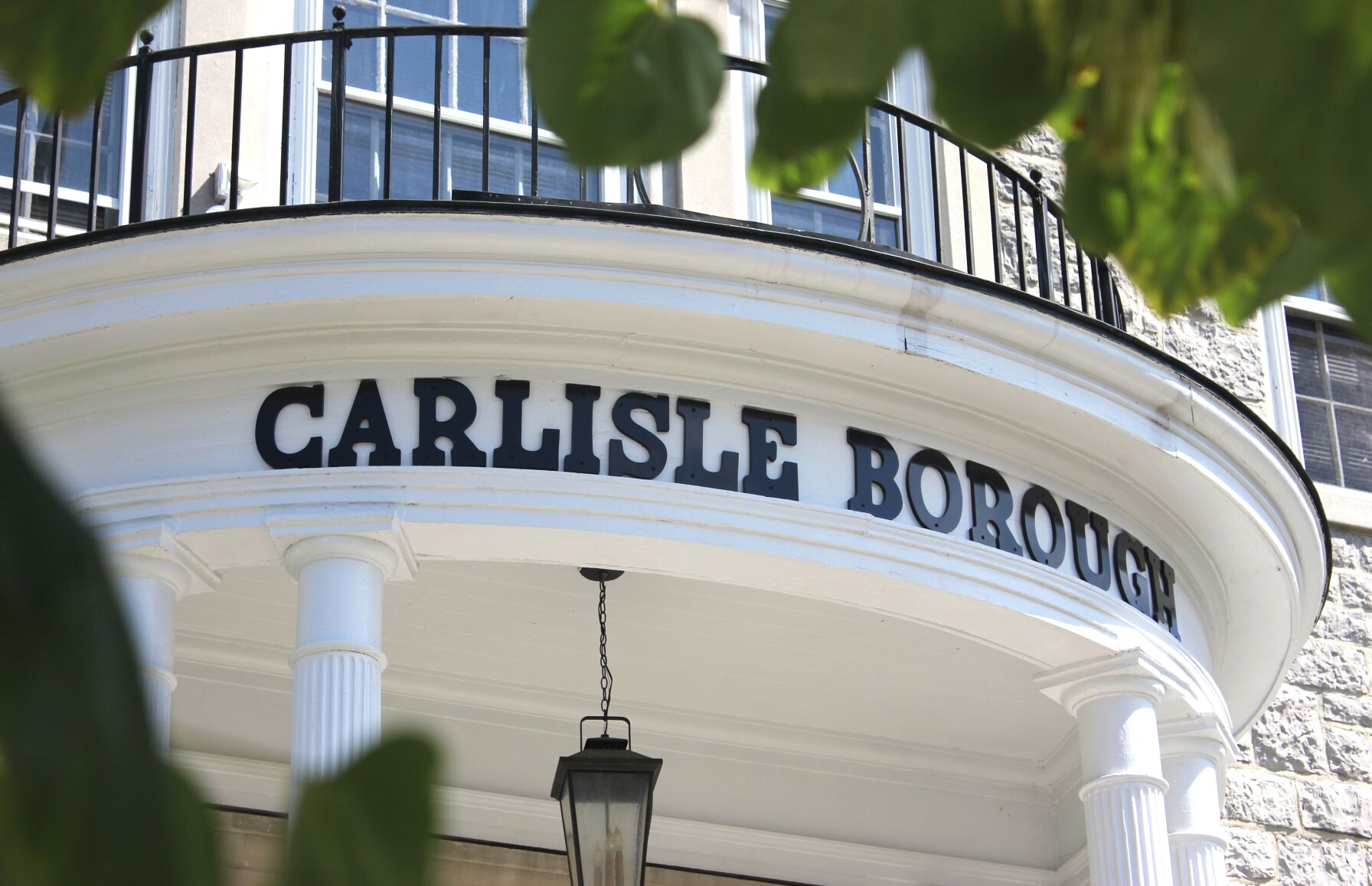

Quick Reference Guide: Comparison of Select NFIP and Building Code Requirements for Special Flood Hazard Areas. If your home was built in accordance with floodplain management rules in effect at the time it was constructed, your community may have a record of the surveyed information. The only way to know for sure if your home is elevated high enough to comply with the requirements is to have a licensed surveyor prepare an Elevation Certificate. To comply with the NFIP and building codes, a building must have its lowest floor elevated to or above the specified elevation, usually the BFE or higher. They can be subject to the direct force from. Coastal areas are often the most hazardous of all flood zone areas. In Zone V, the elevation is measured at the bottom of the lowest horizontal structural member (beam) that supports the elevated building. High Risk Coastal Areas (FEMA Flood Zone V). In Zone A, the elevation of the “lowest floor” is measured at the top of the floor of the elevated building. The term “lowest floor” is defined by the NFIP and building codes. It refers to the portion of the building that is raised above the ground on an elevated foundation. Flood hazards are undetermined.How to measure your bottom (lowest) floor and whether your home meets the BFE requirements is determined by your community’s building codes and floodplain management regulations, and the flood zone in which your home is located. Can include areas inundated by 0.2% annual chance flooding areas inundated by 1% annual chance flooding with average depths of less than 1 foot or with drainage areas less than 1 square mile areas protected by levees from 1% annual chance flooding or areas outside the 1% and 0.2% annual chance floodplains. VE - Zone VE is the flood insurance rate zone that corresponds to areas within the 1-percent annual chance coastal floodplain that have additional hazards. These zones are shown on the FIRM as shaded "X" zones.Īnnual Probability of Flooding of Less than 0.2%Īreas outside the 500-year flood plain with less than 0.2% annual probability of flooding.Īnnual Probability of Flooding of Less than 1%Īreas outside a "Special Flood Hazard Area" (or 100-year flood plain). This is an area inundated by 1% annual chance flooding for which no base flood elevations have been determined.Īnnual Probability of Flooding of 0.2% to 1%Īreas between the limits of the 100-year and 500-year flood or certain areas subject to 100-year flood with average depths less than 1 foot or where the contributing drainage area is less than 1 square mile or areas protected by levees from the 100-year flood. This fact sheet summarizes the flood-resistant provisions of the 2021 International Codes (I-Codes) and American Society of Civil Engineers (ASCE) 24-14, Flood Resistant Design and Construction, that are higher standards and that are more specific than the National Flood Insurance Program (NFIP) requirements. This area has been delineated based on available information on past floods. No distinctions have been made between the different flood hazard zones that may be included within the SFHA.Īn area designated as a "Flood Prone Area" on a map prepared by USGS and the Federal Insurance Administration. Base flood elevation determined.Īreas in a "Special Flood Hazard Area" (or 100-year flood plain). Base flood elevation undetermined.īoth VE and V1-V30 represent areas subject to 100-year flood and additional velocity hazard (wave action). Subject to 100-year flood and additional velocity hazard (wave action). Subject to 100-year flood, with federal flood protection system (levee/dam) under construction. Subject to 100-year shallow flooding (usually sheet flow on sloping terrain) with average depth of 1-3 feet. Subject to 100-year shallow flooding (usually areas of poundings) with average depth of 1-3 feet. Base flood elevation undetermined.īoth AE and A1-A30 represent areas subject to 100-year flood with base flood elevation determined. The table below explains the flood zones that can be viewed on a community's flood insurance rate map (FIRM):Īnnual Probability of Flooding of 1% or greater


 0 kommentar(er)
0 kommentar(er)
